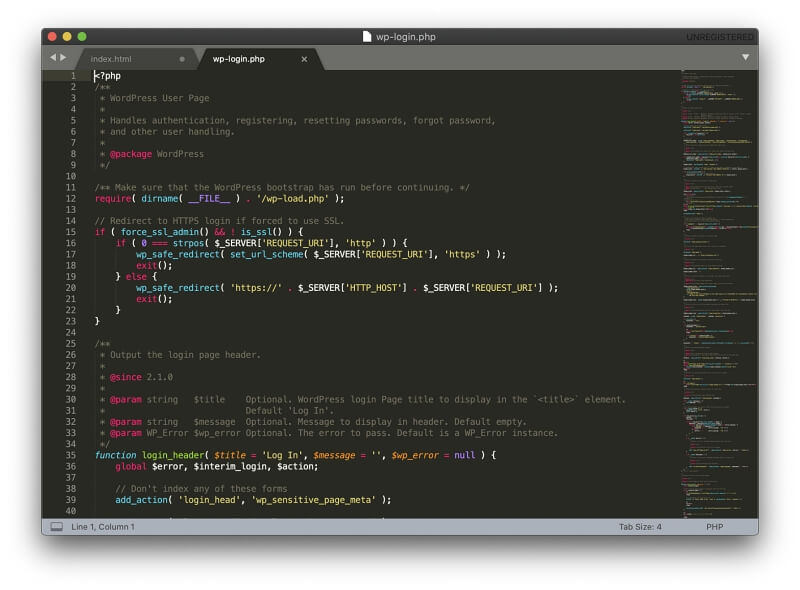

General-purpose IDEs: These IDEs are designed to support a wide range of programming languages and are typically used by developers working on a variety of projects.There are several types of Integrated Development Environments (IDEs) available, including Build automation tools: These tools can help automate common developer tasks to save time.Integrated debugger: Debuggers are used during testing and can help developers debug their applications.Compiler: Compilers convert source code written in a human-readable/writable language into a form that computers can execute.

They make writing and editing easier and better for developers. Code editor: These editors, designed for writing and editing source code, differ from text editors.An IDE act as a central interface with all the tools a developer needs, such as: One of the key benefits of an IDE is to carry out all coding work in one program. They enable programmers to view their operations as part of the full software development life cycle (SDLC) as opposed to a collection of discrete tasks. IDEs can also assist in restructuring the development process. IDEs increase the productivity of developers by shortening setup times, accelerating development tasks, keeping developers informed of the most recent dangers and best practices, and standardizing the development process so that anybody can participate. They make development easy and efficient. Integrated Development Environments or IDEs are among the most crucial pieces required to construct a software project. What are Integrated Development Environments or IDEs? Looking for answers to these questions? Keep reading. What is the Best Java IDE for Beginners? What is the Best Free Java IDE? Which IDE is best for Java 2023? What Java IDEs do professional programmers use?


 0 kommentar(er)
0 kommentar(er)
